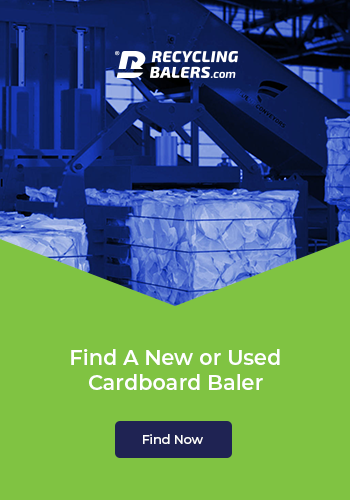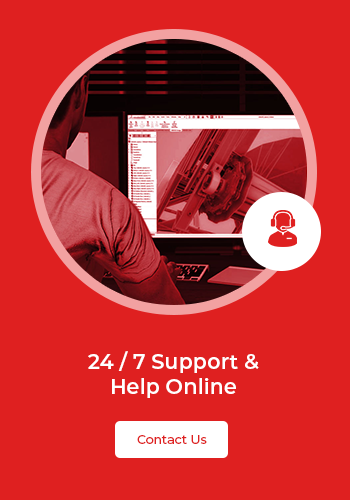Looking At The Important Elements Of A Conveyor
Conveyors come in all shapes and sizes – which is why they’re so loved by manufacturers and production line operators across the world. They’re fundamentally versatile, which means that they can perform functions across a range of industries. But, when you boil it down, there are a handful of key elements that a conveyor always has. Here, we’ll take a look at the most important of these elements, describing how a conveyor works and what helps it work most efficiently within a wide range of production facilities.
The Motor
To make any conveyor work, you need a motor. These are installed as part of the conveyor: you’ll never purchase a conveyor without a motor fitted within its structure. This is the most important element of the machine, as it provides the belt with the power it needs to ferry objects from one end of the conveyor to the other.
Over the years, these motors have been improved upon and enhanced to the extent that they very rarely malfunction – and you can rely on them, typically, to continue rotating your belt for many years to come. The motor on a conveyor is also easily accessible and relatively simple, which means that repairs to a motor that’s worn out can be performed in a matter of minutes.
The Belt
You’ll rarely hear the word ‘conveyor’ without thinking the word ‘belt.’ The two go together like a car and its wheels – and this is another of the fundamental elements of a conveyor that you’ll always find across the world. That’s not to say that you should imagine the kinds of belts you see on the miniature conveyor in your local store, though. Belts can take all shapes and sizes and are made from a wide variety of materials.
Nonetheless, the basic function of a belt is to transport goods from one end of the conveyor to the other, and therefore it needs to be durable, able to loop back on itself, and able to grip onto the objects that are loaded onto it. This is why rubber – just like car tires – is seen as the preferable material for a conveyor belt.
The Rollers
Finally, the rollers are the mechanisms over which your belt will flow. Imagine a belt without rollers, and you’ll be forced to imagine a great sagging belt without any support, with objects bunching in the middle as it’s weighed down. Of course, you’ll never see a belt that looks like this: there will always be rollers to help support the goods carried on the belt.
Rollers have, for over 100 years, been an elegant solution to the problem of support for a moving belt. Any support that cannot itself move with the belt will cause friction to the belt itself, which would cause your motor to overheat and break and your belt to wear away quickly. The rollers are, therefore, absolutely integral to the smooth, reliable operation of your conveyor.
These three components are the key elements that a conveyor ought to present to work perfectly within your facility.



